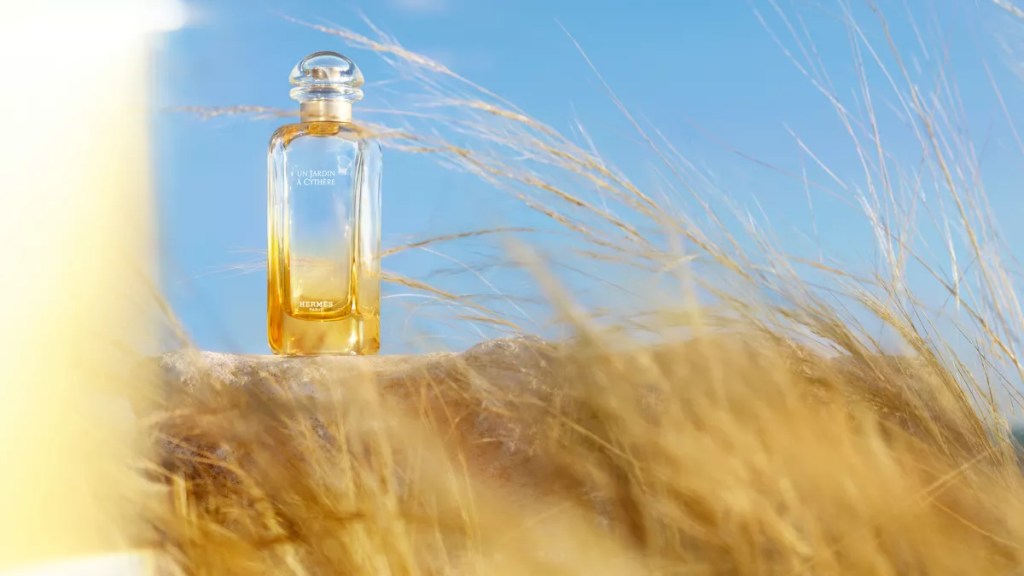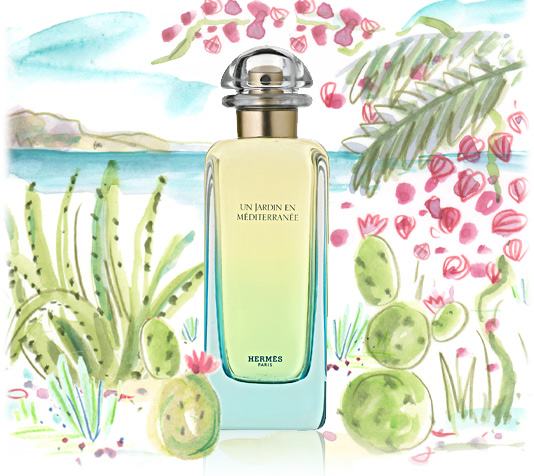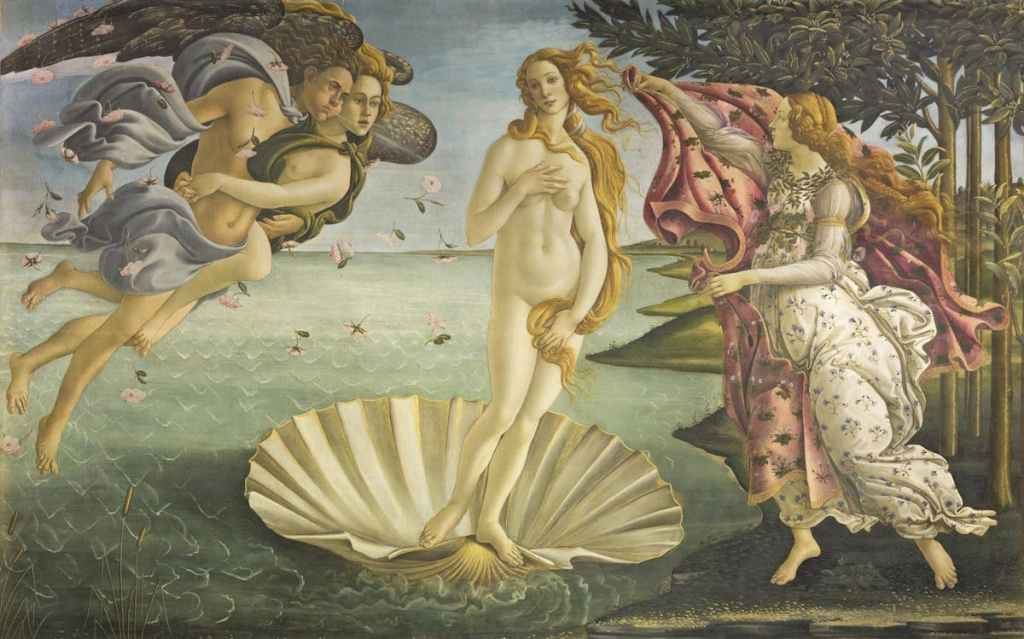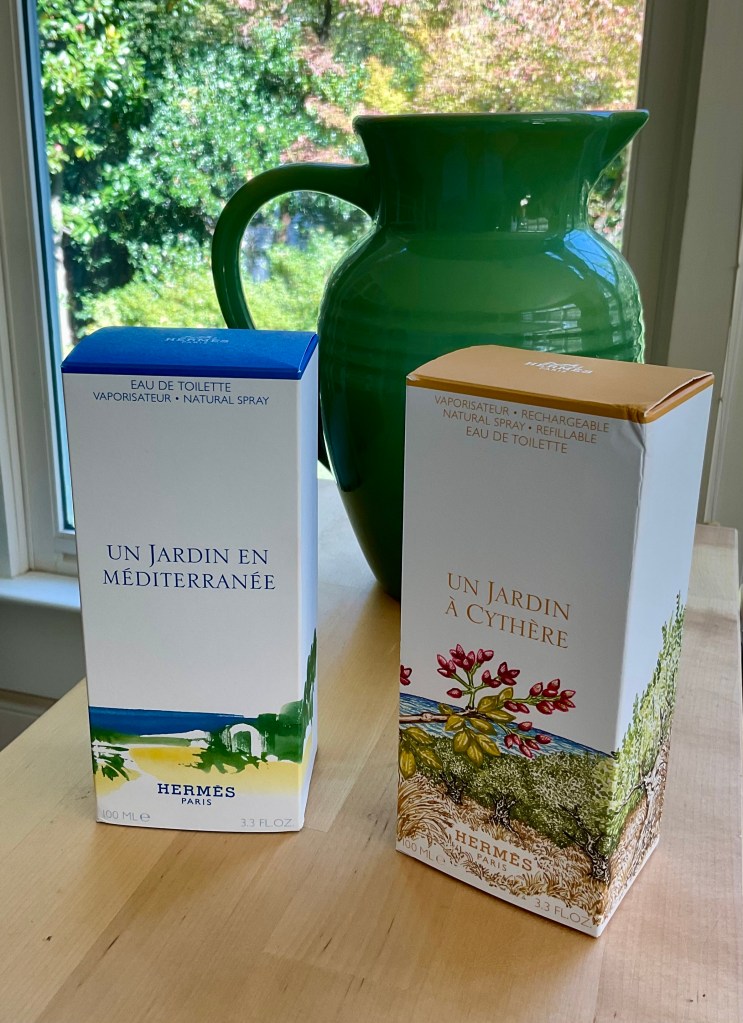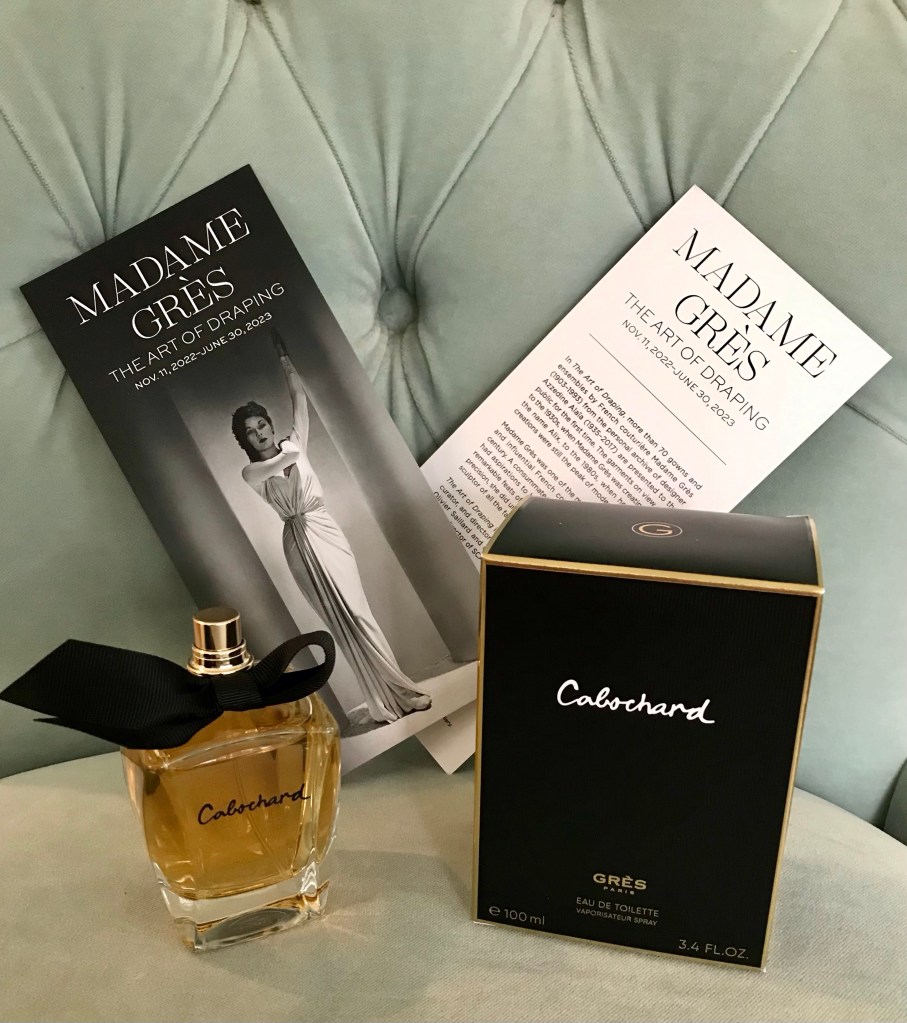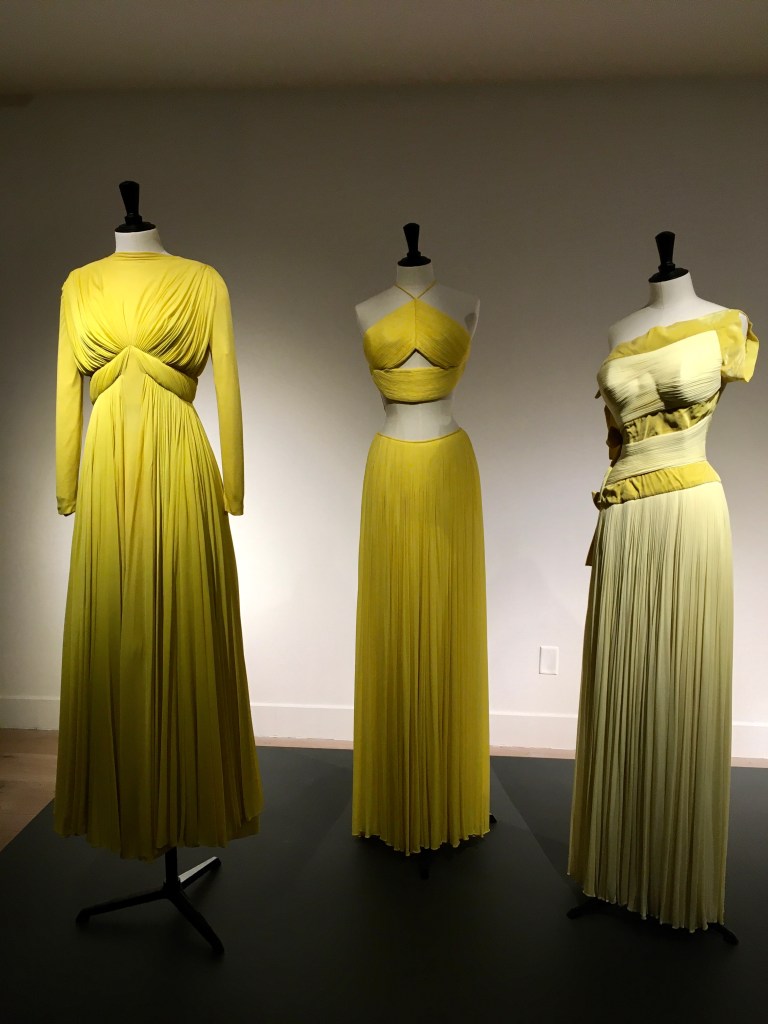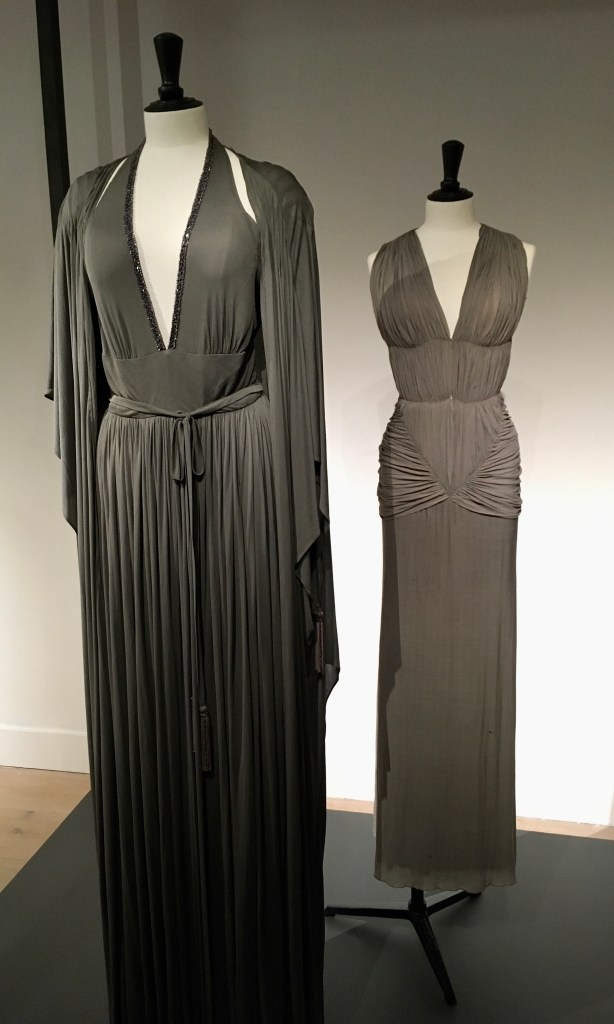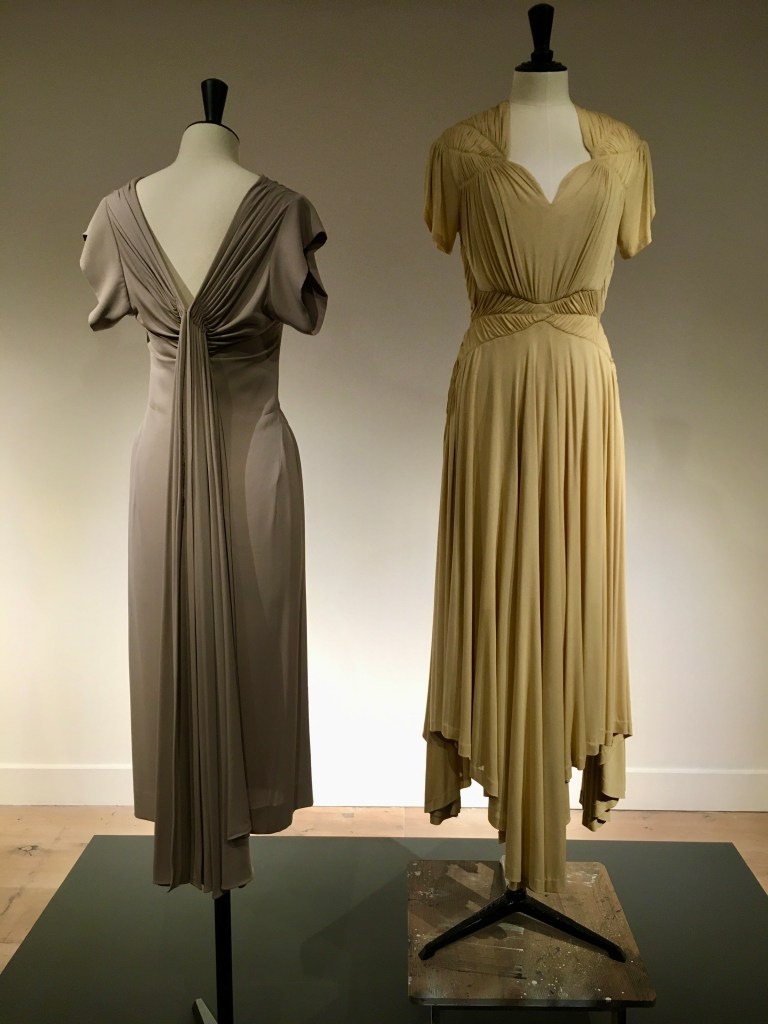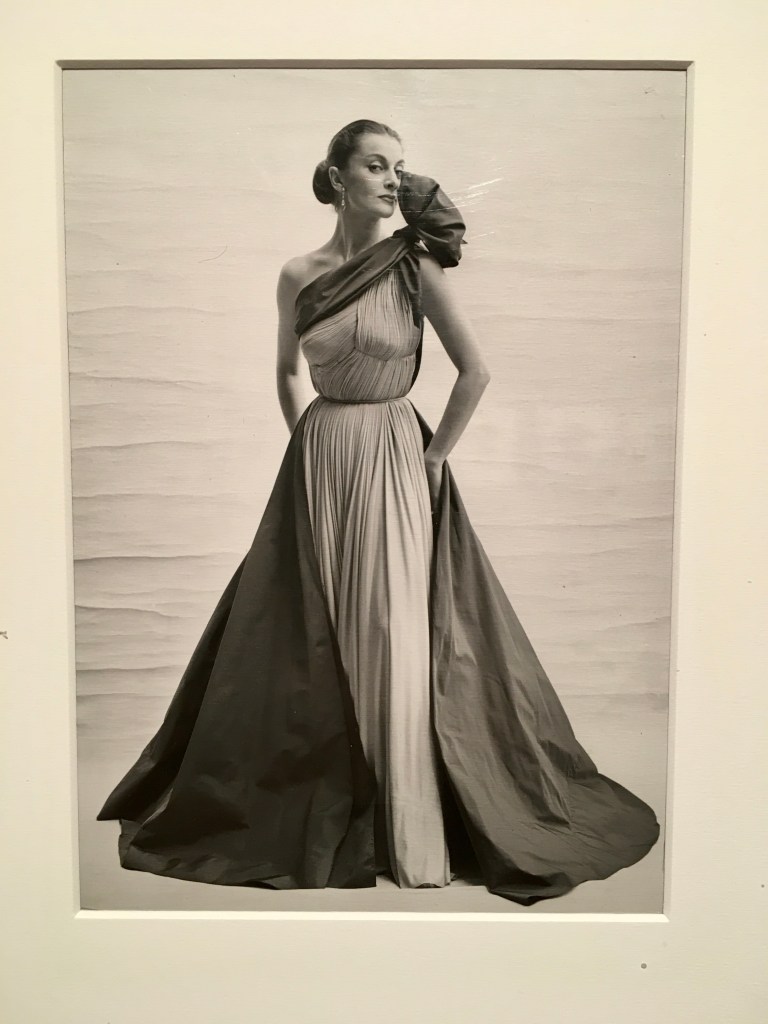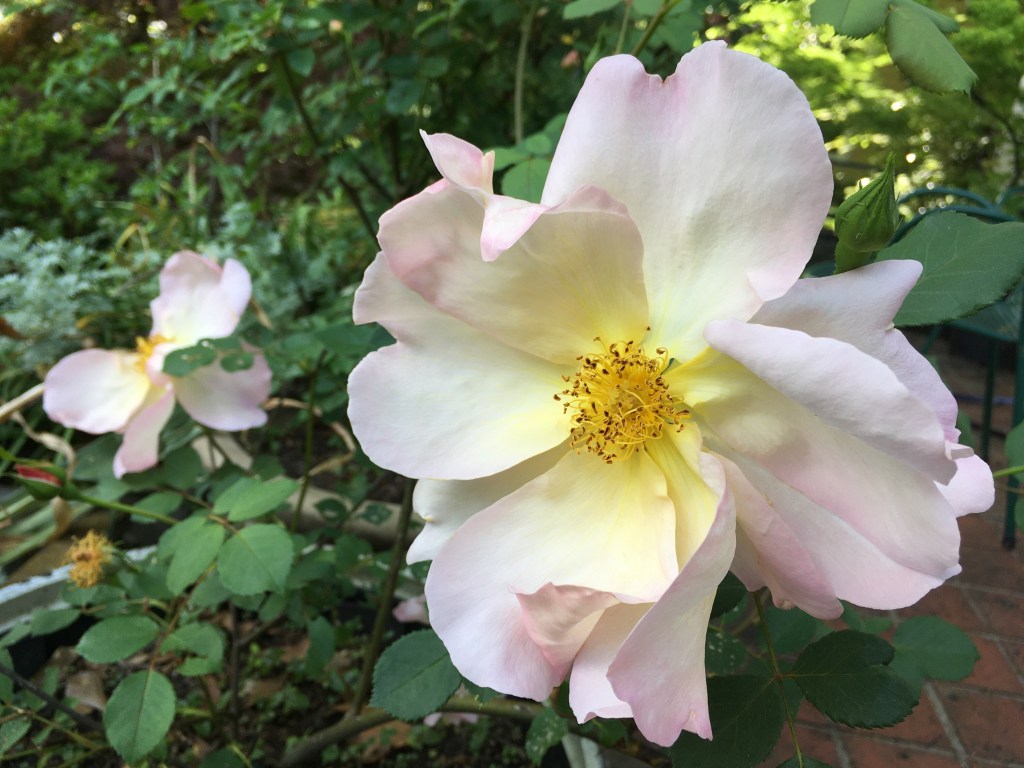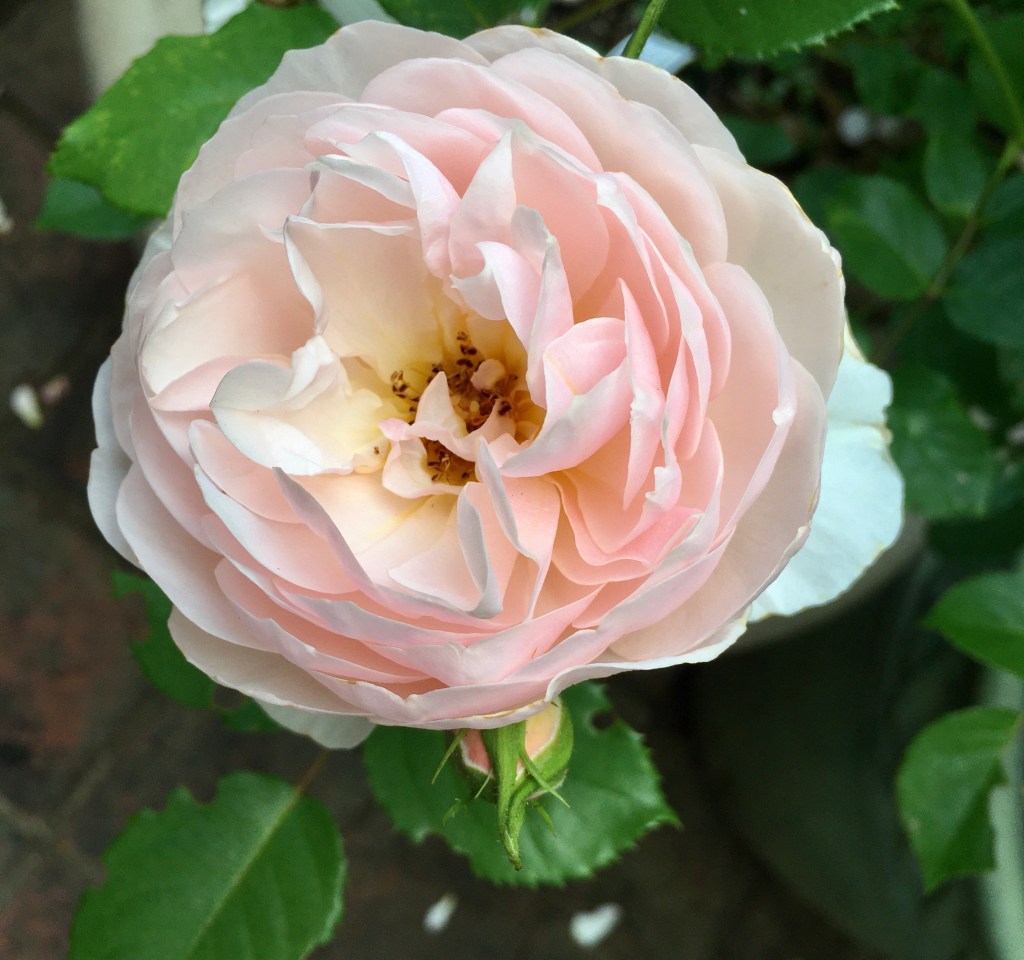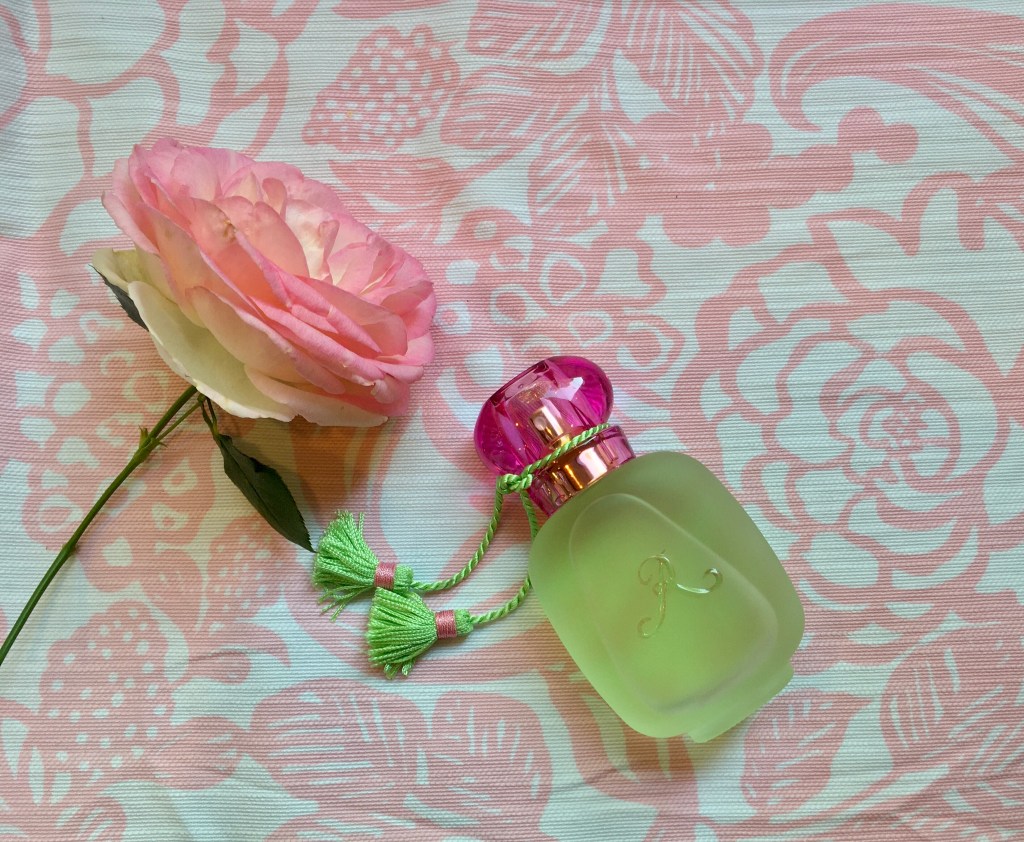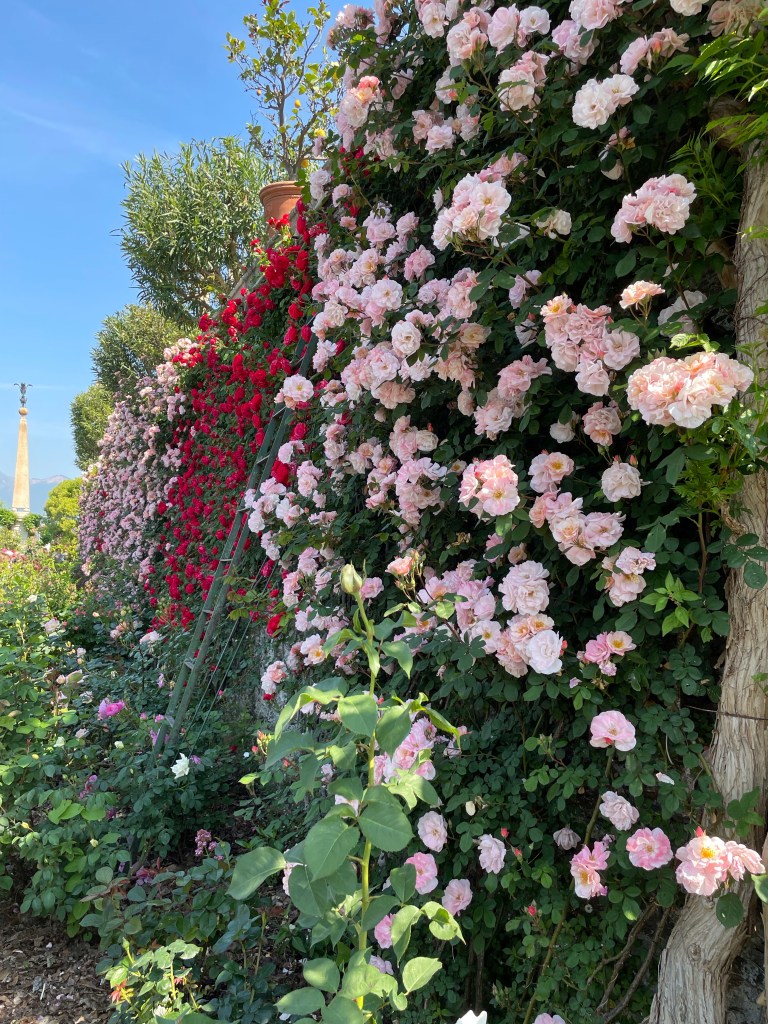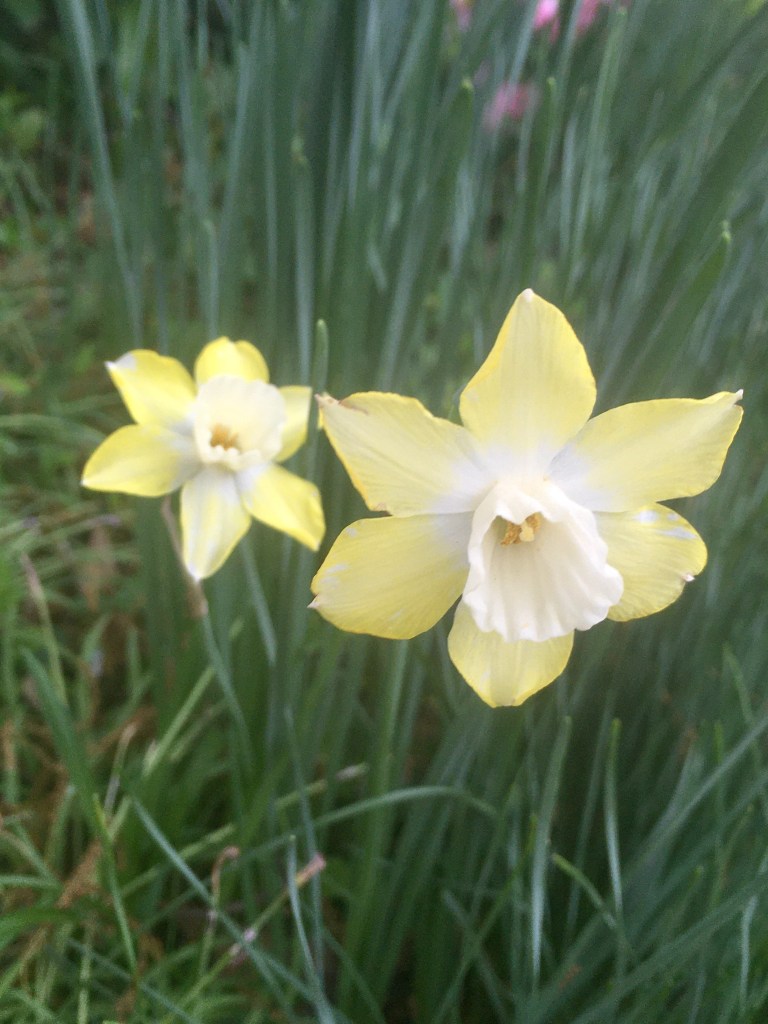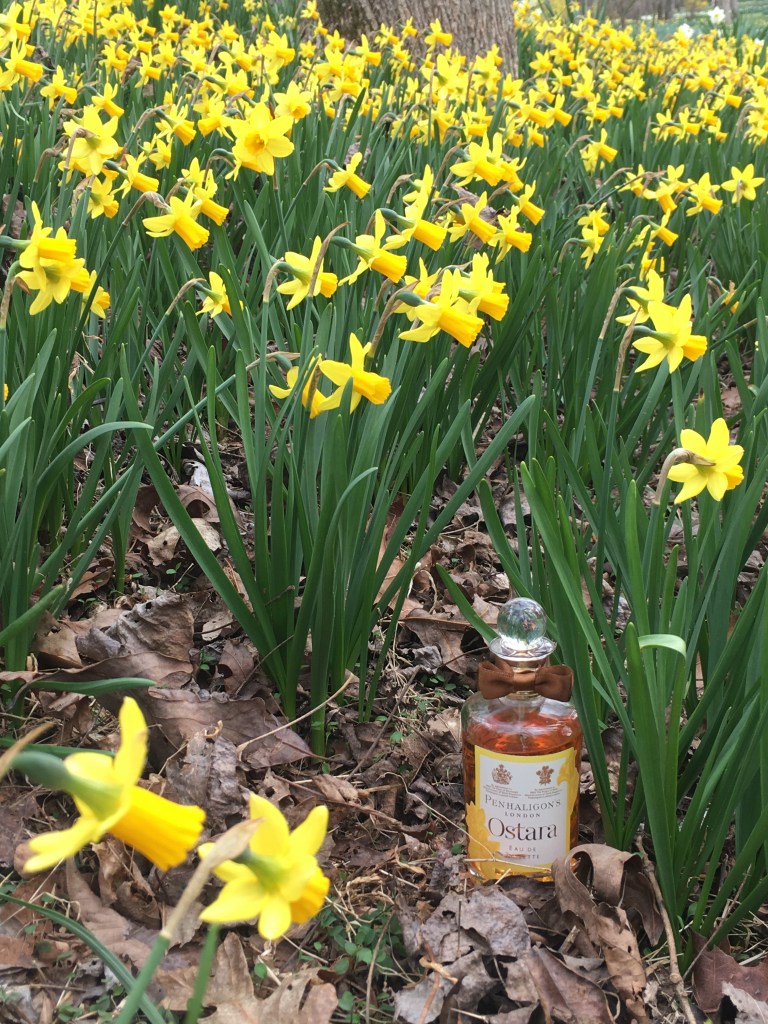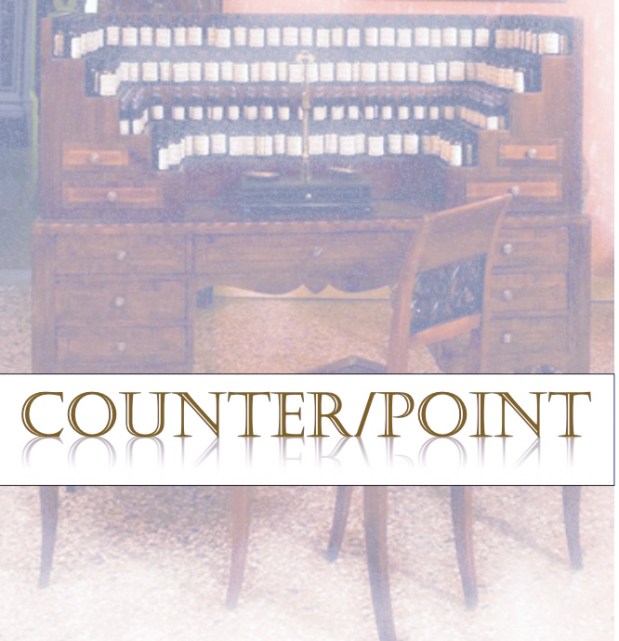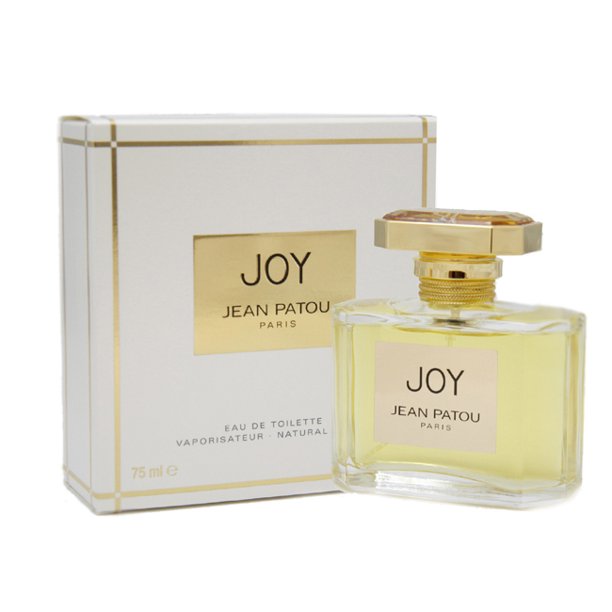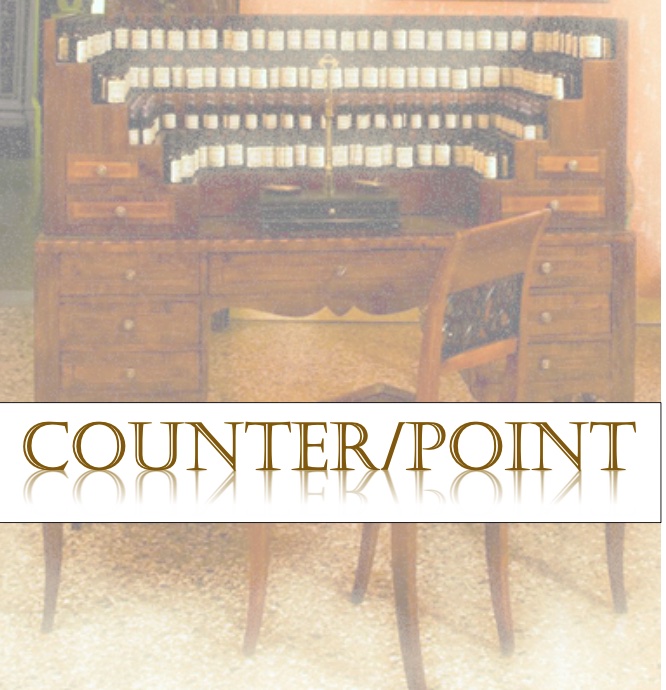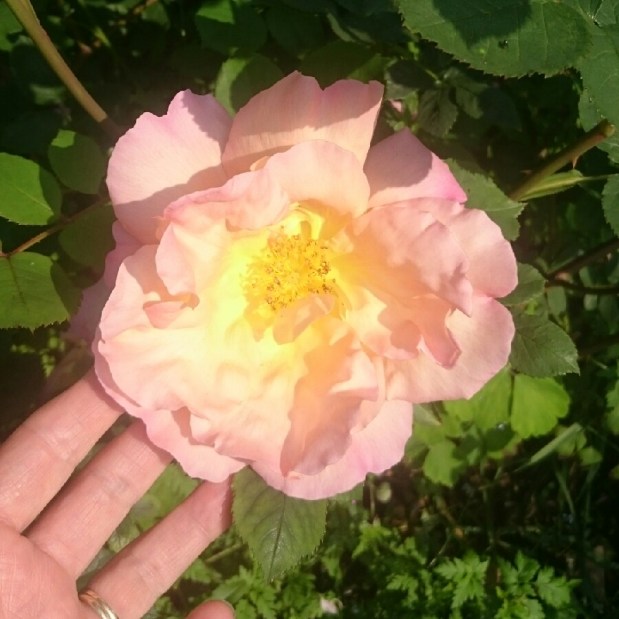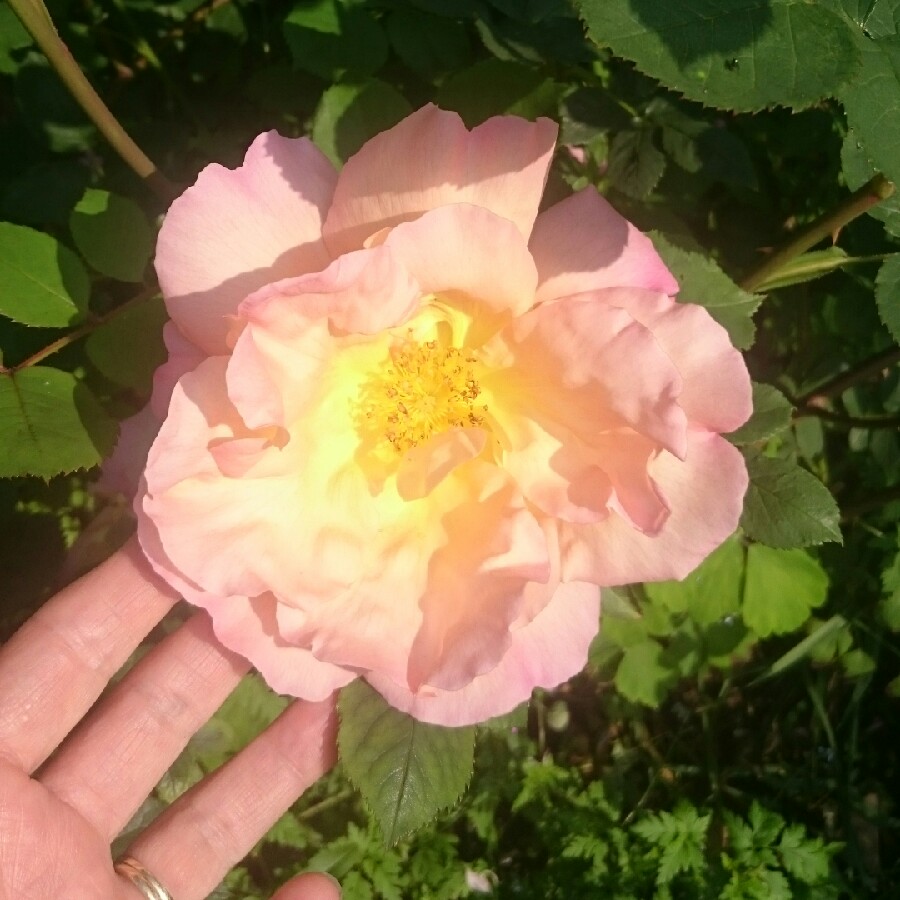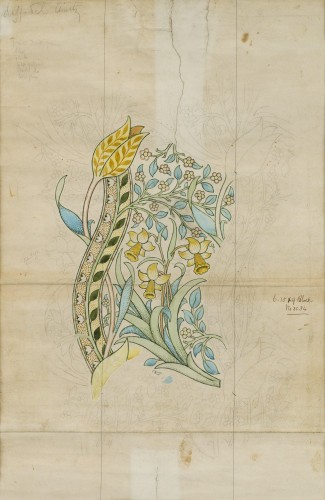Happy fall! Portia Turbo of Australian Perfume Junkies and I both forgot to post our “Notes on Notes” on the usual first Monday of the month, which was LAST Monday, October 2 (it crept up on us), so we’re a week off. This month’s Note for discussion is nuts. TBH, I suggested this because I wanted to write about the newest addition to my collection, this year’s Un Jardin à Cythère, which my lovely spouse brought me from his trip to London. It features a pistachio note.
As it happens, apparently pistachio is very au courant in 2023, according to Harper’s Bazaar: “Why All the Cool Kids Smell Like Pistachio Right Now.” Writer Lindy Segal credits the trend to the ongoing fascination with gourmand fragrances, and a post-pandemic desire for fun. And it’s true that pistachios lend themselves to sweet and savory fun, from celadon green ice cream and the toothaching sweetness of baklava, to dishes of salted cocktails nuts and the messy joy of shelling roast pistachios out of a bag.
It turns out that although pistachio is having a moment, and it’s not a commonly used note, it has been featured in other fragrances that have been popular for a while, such as Tom Ford’s Soleil Blanc, Guerlain’s Une Petite Robe Noire Eau Fraiche, and even another of the Jardin fragrances, Un Jardin en Méditerranée. To my surprise, Fragrantica reminded me that it is a note in SJP’s Stash, which I had forgotten. I love Stash, and it couldn’t be more different from the Jardin fragrances, which I also love.
Of course, other nutty notes have been used in perfume, but even looking at the whole category, they’re not terribly common, except for hazelnut. Chestnut, walnut, even almond, aren’t nearly as prevalent as, say, various woody notes. Hazelnut appears as a note in several fragrances I own: Jo Malone’s English Oak and Hazelnut and Ginger Biscuit, Jean Patou’s Que Sais-Je?, Penhaligon’s Elisabethan Rose (2018); and others I know but don’t have: Zoologist’s Chipmunk, Jo Malone’s Oat and Cornflower, L’Artisan’s Mechant Loup, Guerlain’s Habit Rouge, among others. In all of these, hazelnut adds a certain sweetness without sugar, woodiness without weight.
Back to pistachio! I’m fascinated by how differently it is used in the Jardin fragrances. They were, of course, created by two different Hermès perfumers: Jean-Claude Ellena created Méditerrannée in 2003, and Christine Nagel, his successor, launched Cythère twenty years later. In UJeM, pistachio is a bit player, lending some depth to the basenotes, but subordinate to the dominant fig note. (By the way, fig and pistachio are a time-honored combination in various recipes, often partnered with honey and a soft, mild cheese like ricotta or mascarpone – yum!). UJeM is based on an actual garden in Tunis, and it includes floral notes such as orange blossom and white oleander, although the most prominent notes are fig leaf, cypress, cedar, and juniper, which form the base notes together with a touch of pistachio and musk.
In UJaC, Mme. Nagel puts pistachio at the very heart of the fragrance, pairing it beautifully with an accord of olive wood. In comments about her latest Jardin creation, she has said that her pistachio accord is based on her memory of the fresh pistachios she enjoyed on trips to the Greek isle of Kythira, twenty years apart.
Her composition is very clever: this is a garden without flowers. The citrus notes of the opening recall the island’s citrus groves, the pistachio and olive notes evoke the harvests of those important products, and an accord of dry grass captures the dry, sunny climate of Kythira. This is a truly unisex fragrance, despite Kythira’s fame as the legendary birthplace of Aphrodite, who rose from the sea foam off its rocky shores.
As it dries down, UJaC retains the nutty sweetness of pistachio, and one understands better why nuts like pistachios, hazelnuts, and almonds lend themselves so well to sweet desserts and combine beautifully with various fruits. Unlike peanuts, which combine with chocolate well because of the contrast between the two, these sweeter nuts harmonize with sweeter ingredients, the whole becoming greater than the sum of its parts. Think Nutella (hazelnut and chocolate), marzipan (almond and honey), and pistachio gelato (pistachios with milk and sugar).
Pistachio ice cream happens to be my husband’s favorite flavor, and although we don’t usually keep it in the house (both watching our girlish figures, lol), it is a regular though infrequent visitor. Usually the commercial ice cream is made with artificial flavoring, but we do have a local Italian gelato store that has been here for decades, and they make pistachio gelato from scratch, so now I have a yen to go try some! I know I can count on my dear spouse to come along.
The base of UJaC is supported by an accord of olive wood; if you’ve ever visited an olive wood craft workshop, you know that it does indeed have its own distinctive and pleasing aroma. I love carved olive wood and have well-used kitchen implements made from it, the oldest being salad servers we bought on our honeymoon in Provence. My favorite olive wood carving, though, is a little statuette of Madonna and Child, the Virgin Mary being another incarnation of the divine feminine. The wood is as smooth as satin, the grain beautifully suggesting the folds of fabric in her robe.
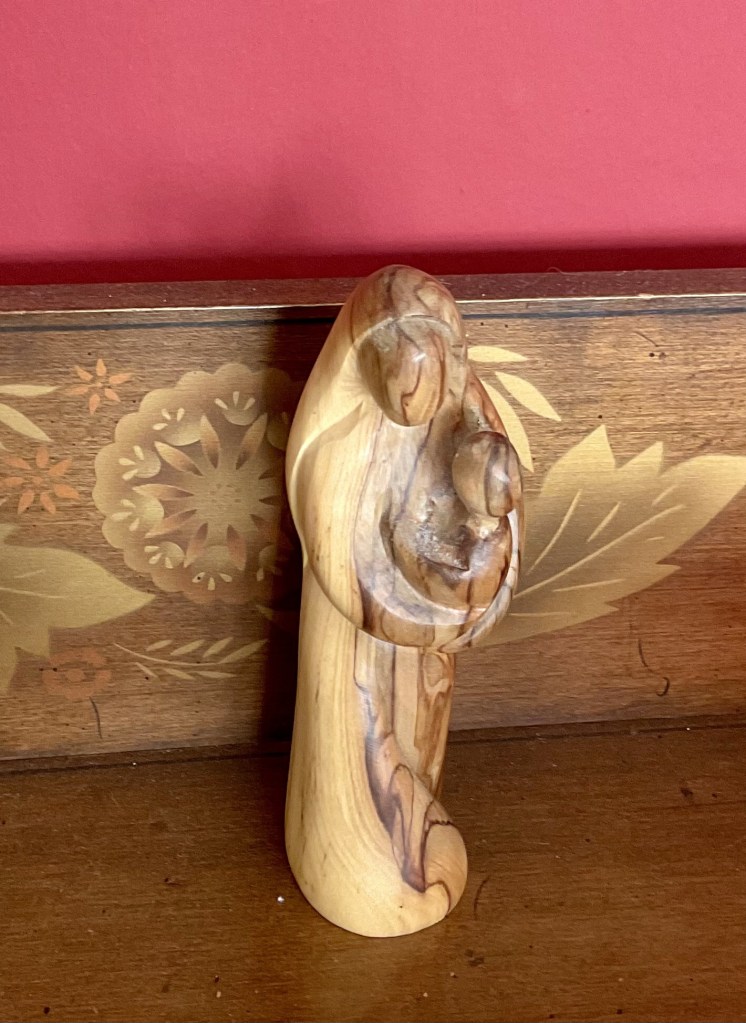
I’m very happy to have added Un Jardin à Cythère to my collection. It hasn’t displaced Un Jardin Sur le Nil or Un Jardin Après la Mousson as top favorites, but it isn’t far behind. Have you tried it yet? What did you think? And make sure to hop over to Australian Perfume Junkies to get Portia’s Notes on nuts!


